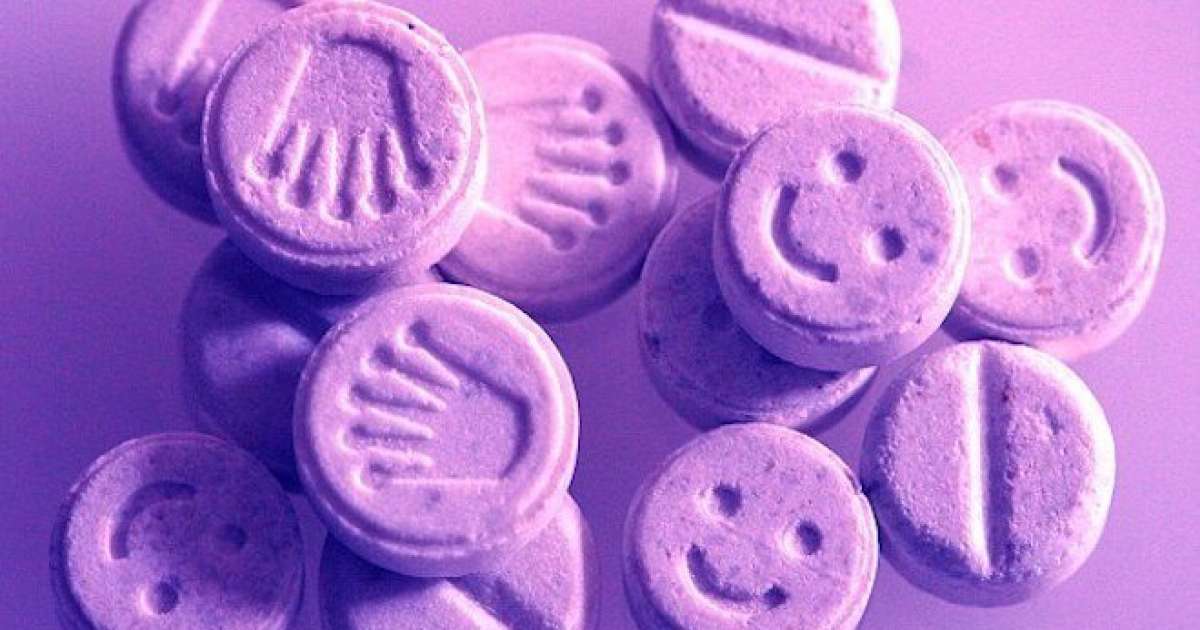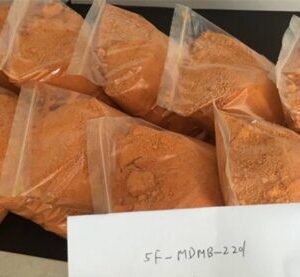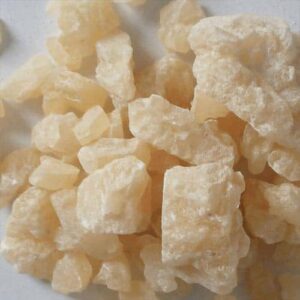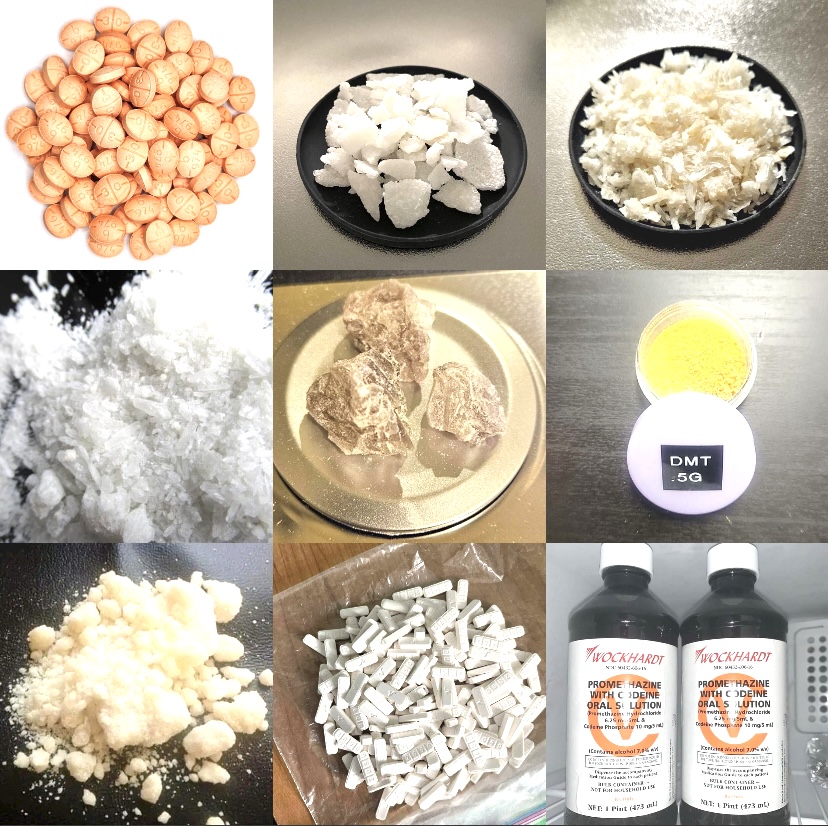Currently Empty: $0.00

In recent years, “Purple Amethyst MDMA” has gained attention among recreational drug users. Marketed as a form of MDMA (commonly known as ecstasy or molly), this substance is characterized by its distinct purple color and is touted for its euphoric and empathogenic effects. However, understanding the risks, potential dangers, and realities associated with its use is crucial. This blog post delves into what Purple Amethyst MDMA is, why it’s becoming popular, and the significant risks involved.
-
 5f mdmb 2201$470.00 – $3,000.00
5f mdmb 2201$470.00 – $3,000.00 -
 Buy MDMA Crystal Powder Online$380.00 – $3,500.00
Buy MDMA Crystal Powder Online$380.00 – $3,500.00
What is MDMA?
MDMA (3,4-methylenedioxymethamphetamine) is a synthetic drug that alters mood and perception. It is chemically similar to both stimulants and hallucinogens, producing feelings of increased energy, pleasure, emotional warmth, and distorted sensory and time perception. MDMA is most commonly found in tablet or capsule form and is often used at parties, festivals, and clubs.
What is “Purple Amethyst MDMA”?
“Purple Amethyst MDMA” refers to a form of MDMA that is marketed based on its color, typically the result of dyeing or adulteration during the manufacturing process. The color is meant to appeal to users looking for a unique or potent experience. However, the name “Purple Amethyst” does not guarantee purity or safety and often serves as a marketing gimmick.
Why is Purple Amethyst MDMA Popular?
Several factors contribute to the popularity of Purple Amethyst MDMA:
- Novelty: The distinct purple color makes it stand out and can create a sense of novelty or exclusivity.
- Perceived Potency: Some users believe that the unique appearance indicates a stronger or purer product.
- Cultural Influence: References in music, social media, and peer groups glamorize its use, making it more attractive to potential users.
The Risks and Dangers of Purple Amethyst MDMA
Unknown Purity
- Adulteration: The purple color can indicate that the MDMA has been mixed with other substances, which may be harmful or toxic. Common adulterants include other stimulants, synthetic cathinones (bath salts), or dangerous chemicals.
- Inconsistent Dosing: MDMA tablets and capsules can vary widely in strength, leading users to accidentally consume higher doses than intended, increasing the risk of adverse effects and overdose.
Health Risks
- Hyperthermia: MDMA can dangerously increase body temperature, especially in active environments like dance clubs.
- Dehydration and Electrolyte Imbalance: Excessive sweating and dehydration can occur, leading to life-threatening electrolyte imbalances.
- Cardiovascular Problems: The stimulant effects of MDMA can increase heart rate and blood pressure, posing risks for individuals with pre-existing heart conditions.
- Neurotoxicity: Long-term or high-dose use can damage serotonin-producing neurons, resulting in potential long-term cognitive and emotional issues.
Psychological Effects
- Anxiety and Depression: The comedown from MDMA can lead to anxiety, depression, and irritability that may persist for several days.
- Dependence and Addiction: Regular use can lead to psychological dependence, with users seeking to recreate euphoric experiences.
Legal Consequences
- Illegality: MDMA is classified as a Schedule I controlled substance in many countries, including the U.S., making it illegal to manufacture, distribute, or possess.
- Criminal Charges: Being caught with MDMA can lead to serious legal consequences, including fines, imprisonment, and a criminal record.
Harm Reduction Strategies
If you or someone you know chooses to use MDMA, consider these harm reduction strategies to minimize risks:
- Test Your Substance: Use reagent testing kits to check for MDMA and potential adulterants.
- Stay Hydrated: Drink water regularly but avoid excessive intake to prevent dehydration and electrolyte imbalances.
- Take Breaks: Avoid continuous activity; take regular breaks to cool down and rest.
- Use in a Safe Environment: Stay with trusted friends and in a secure setting where help is accessible if needed.
- Be Informed: Educate yourself about the effects, risks, and safe practices associated with MDMA use.
Seeking Help
If you or someone you know is struggling with substance use or addiction, it’s important to seek professional help. Resources include:
- Healthcare Providers: Medical professionals who can provide treatment and support.
- Addiction Specialists: Experts in treating substance use disorders.
- Support Groups: Organizations like Narcotics Anonymous (NA) offer community and peer support.
Conclusion
While Purple Amethyst MDMA might seem enticing due to its unique appearance and promised effects, the risks and dangers far outweigh any perceived benefits. Understanding the potential health risks, legal consequences, and strategies for harm reduction is essential for making informed decisions about drug use. Always prioritize your health and safety, and seek help if you find yourself struggling with substance use.
4o mini


